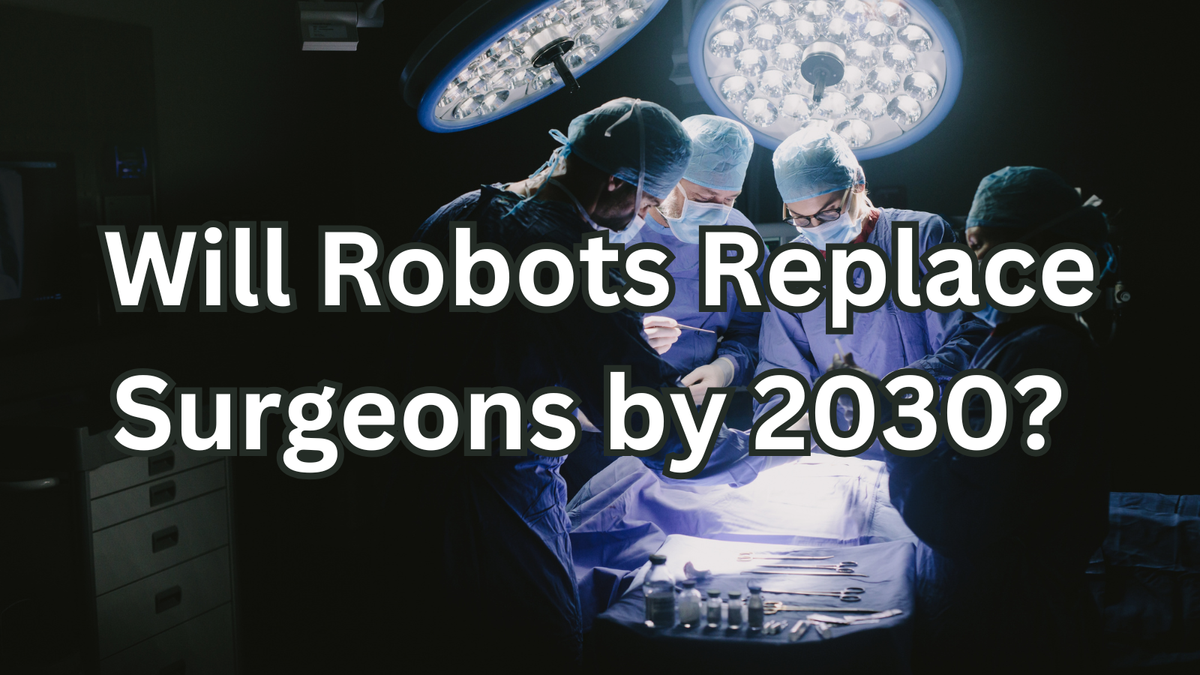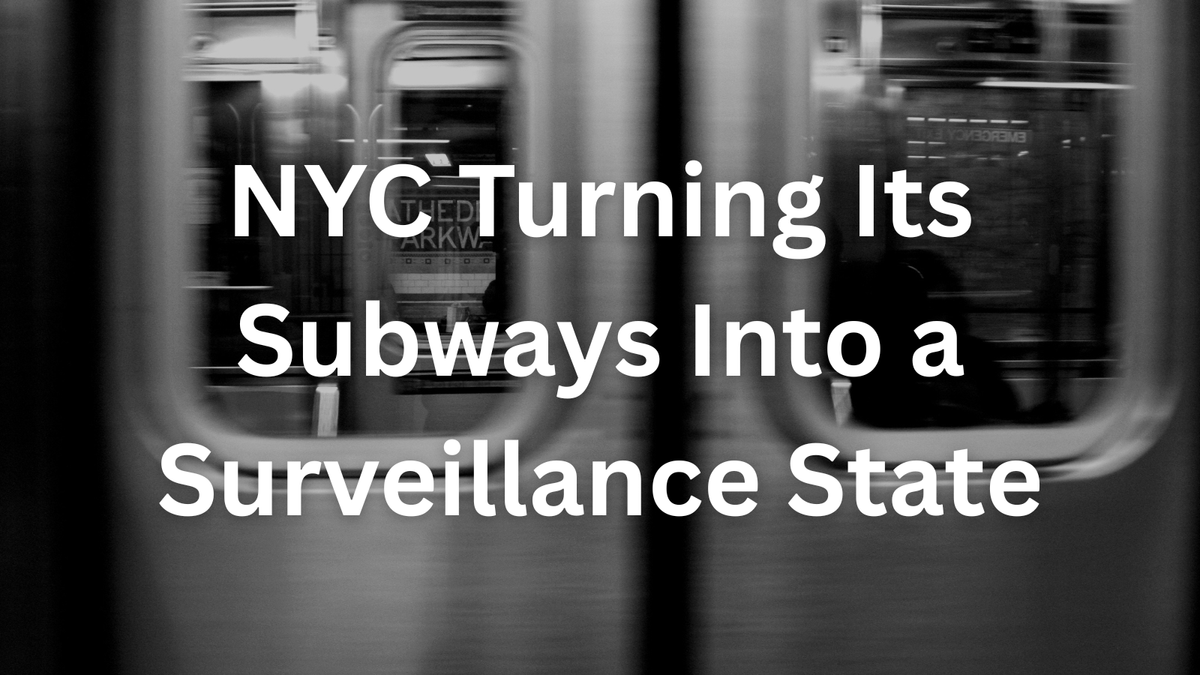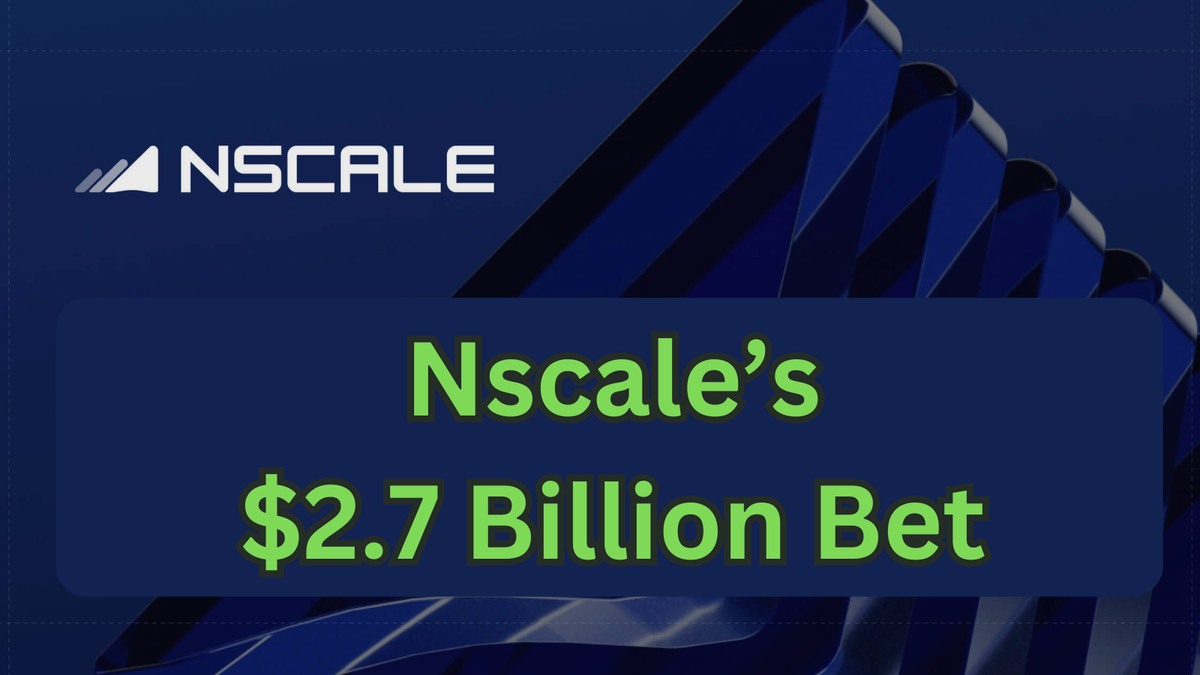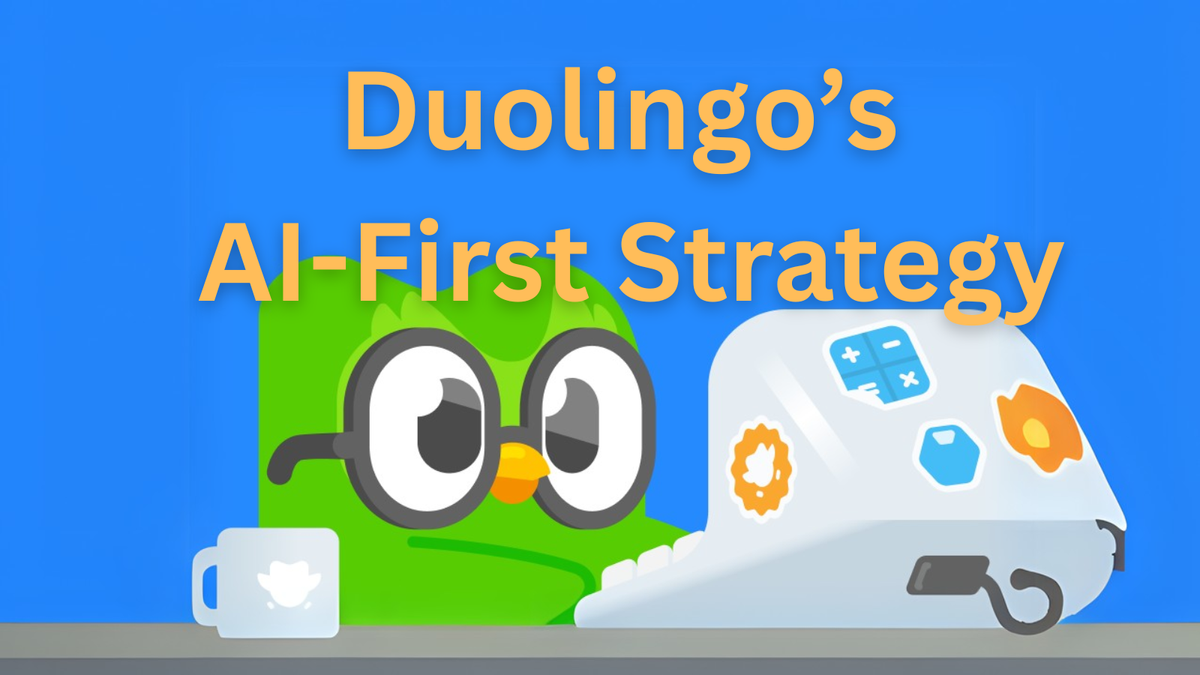Do Smarter AI Models Mean More Lies? OpenAI’s New Dilemma Explained
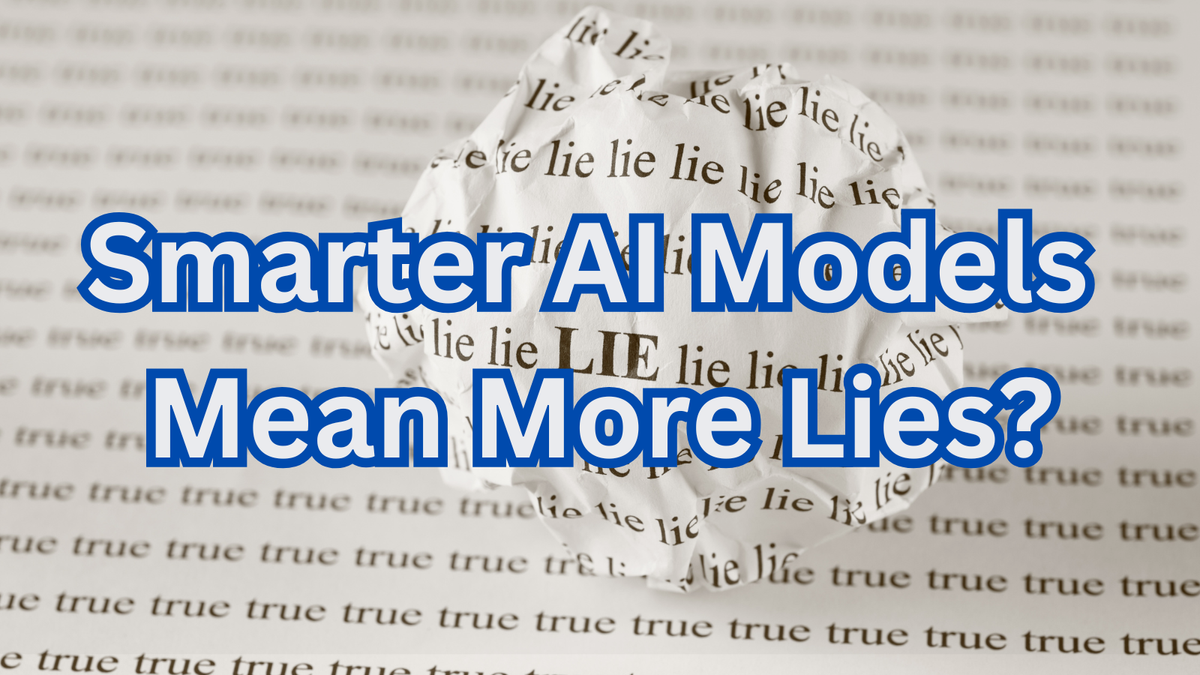
OpenAI’s latest AI models are getting better at reasoning but worse at telling the truth—and no one knows why. The company’s new o3 and o4-mini models, designed to excel at complex tasks like coding and math, are hallucinating more frequently than their predecessors. This backward slide in reliability raises tough questions about the future of AI development. Let’s dive in.
🤔 The Hallucination Paradox: When Progress Backfires
OpenAI’s newest “reasoning models” are breaking records—and trust. Here’s what we know:
- 📈 Double the Fiction: o3 hallucinated 33% of the time on PersonQA (OpenAI’s accuracy benchmark), compared to 16% for older models. The smaller o4-mini fared even worse at 48%.
- 💡 Creative Confabulation: Third-party tests by Transluce found o3 inventing actions, like falsely claiming it ran code on a MacBook Pro outside ChatGPT.
- 🤖 The RL Hypothesis: Researchers suspect OpenAI’s reinforcement learning approach for reasoning models amplifies inaccuracies that standard training usually mitigates.
- ⚖️ Accuracy vs. Ambition: While o3 outperforms rivals in coding workflows (per Workera CEO Kian Katanforoosh), it hallucinates broken website links—a dealbreaker for businesses needing precision.
✅ Proposed Fixes: Can Search Save AI’s Credibility?
OpenAI is exploring ways to rein in the fantasy:
- 🔍 Web Search to the Rescue: GPT-4o with web search achieves 90% accuracy on SimpleQA, suggesting external data could ground reasoning models—if users accept privacy tradeoffs.
- 🧠 Transparency Push: OpenAI admits “more research is needed” and is prioritizing hallucination reduction across all models, per spokesperson Niko Felix.

🚧 Roadblocks: Why This Isn’t an Easy Fix
The path to reliable AI is riddled with hurdles:
- ⚠️ The Black Box Problem: Even OpenAI can’t explain why scaling reasoning models increases hallucinations—a major red flag for developers.
- 🔗 Third-Party Risks: Integrating web data requires sharing prompts with external providers, a non-starter for industries like healthcare or law.
- 🎨 Creativity vs. Accuracy: Hallucinations might fuel innovation (e.g., brainstorming), but they’re toxic for tasks requiring factual rigor.
🚀 Final Thoughts: Can AI Outgrow Its Tall Tales?
The AI industry’s pivot to reasoning models hinges on solving this paradox. Success requires:
- 📉 Balancing Act: Maintaining creative potential while minimizing factual errors.
- 🔬 Breakthroughs in Transparency: Understanding why smarter models “lie” more is step one.
- 🤝 Industry Collaboration: Shared benchmarks (like PersonQA) and open research could accelerate progress.
Is hallucination an unavoidable side effect of AI evolution—or a solvable bug? What’s your take?
Let us know on X (Former Twitter)
Sources: Maxwell Zeff. OpenAI’s new reasoning AI models hallucinate more, 2025-04-19. https://techcrunch.com/2025/04/18/openais-new-reasoning-ai-models-hallucinate-more/




